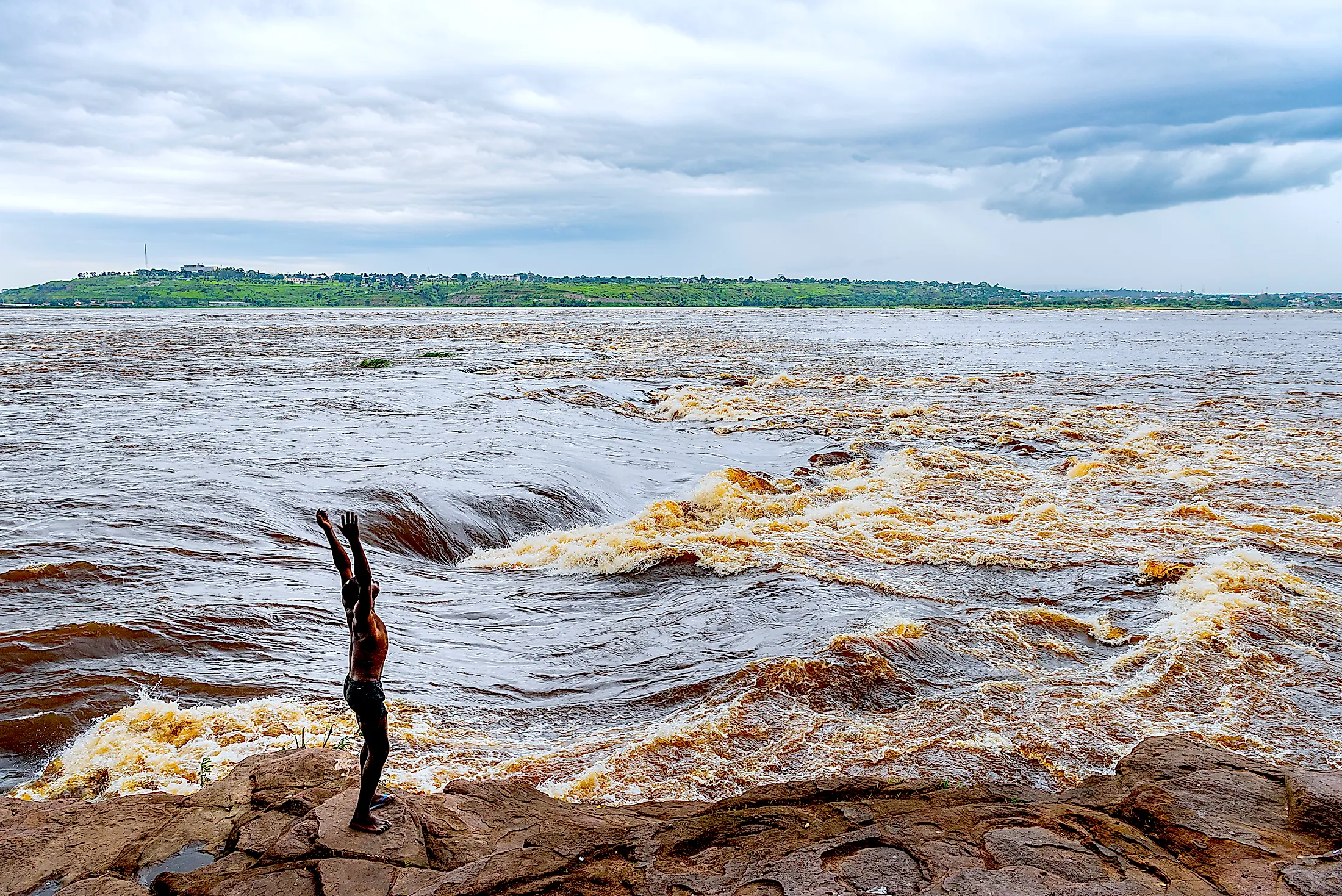
The Congo River: The World's Deepest River
The Congo River is one of the world's longest rivers and Africa's second-longest, flowing through six countries in West-Central Africa. The river snakes its way along the equator, crossing it on two occasions to finally drain into the Atlantic Ocean after traversing 2,900 miles! It is also the world's second-largest river by discharge volume after the Amazon River of South America. However, that is not all. This major African River is also the world's deepest river, with a maximum depth of 720 feet (220m). Over the years, many surveys have been conducted to understand and unravel the secrets of the Congo's dark depths. So, in this article, let us closely examine The World's Deepest River, the Congo River!
Geography Of The Congo River
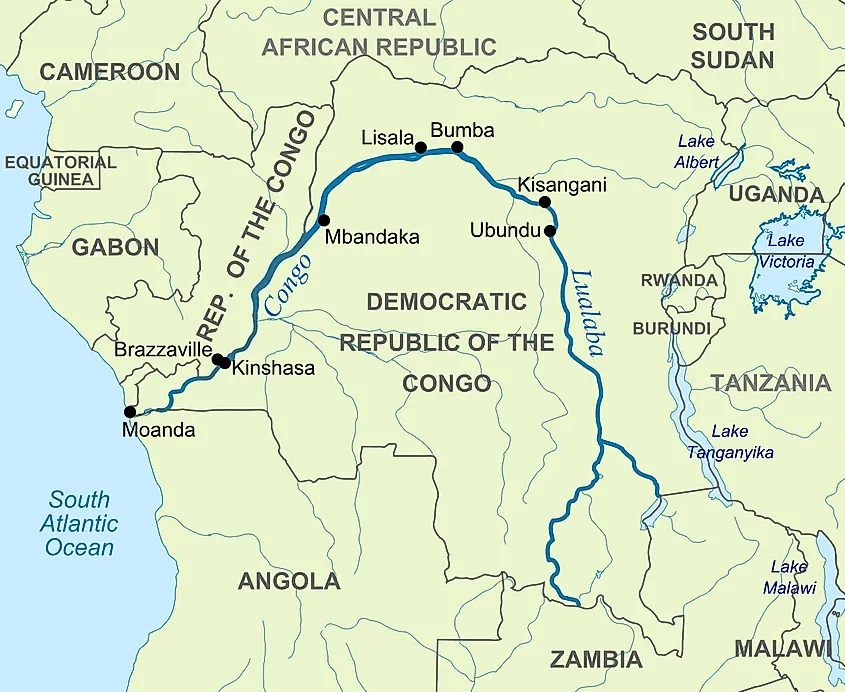
The Congo River flows through six countries of west-Central Africa - Cameroon, the Republic of the Congo, the Democratic Republic of the Congo, the Central African Republic, Equatorial Guinea, and Gabon. It is divided into three sections along its course - the Upper Congo, Middle Congo, and Lower Congo. The Congo traces its origin in Eastern Africa, with its headwaters located in the highlands of the East African Rift. The Lualaba River and the Chambeshi River are the major tributaries of the Congo, with the former being fed by lakes Mweru and Tanganyika and the latter rising in Zambia. The river drains into the Atlantic in the town of Moanda in the Democratic Republic of the Congo.
With a length of 2,920 miles (4,700 km), the Congo-Lualaba-Chambeshi River system is the 9th longest river system in the world! The river's width varies from 660 ft (200m) to 62,000 ft (19,000 m)! The river also covers an immense basin size of 1,550,000 mi2 (4,014,500 km2), equal to 13% of Africa's Landmass. Along its course, the river nourishes many ecosystems, such as wetlands, swamps, rainforests, floodplains, and more. Moreover, with its width spanning from 660 feet (200m) up to 62,000 feet (19,000m), the Congo River is a major river system and one of the world's most unique!
Depth Of The Congo River
While its immense size, unique path, and large basin may be astonishing, what truly sets the Congo River apart is its depth. This is because it is the deepest river in the world, with a maximum depth of up to 720 feet (219.5 m). To put this into perspective, the famous Mount Rushmore stands tall at 60 feet (18m) above ground which is 12 times less than the depth of the Congo River. Known as the Mesopelagic zone in water, minimal light can get through at this depth. So, the depths of the Congo River are home to some interesting sights and species rarely found in other rivers. Moreover, scientists are still determining if the river is even deeper as it is yet to be fully explored.
Tributaries and Water Flow Of The Congo River
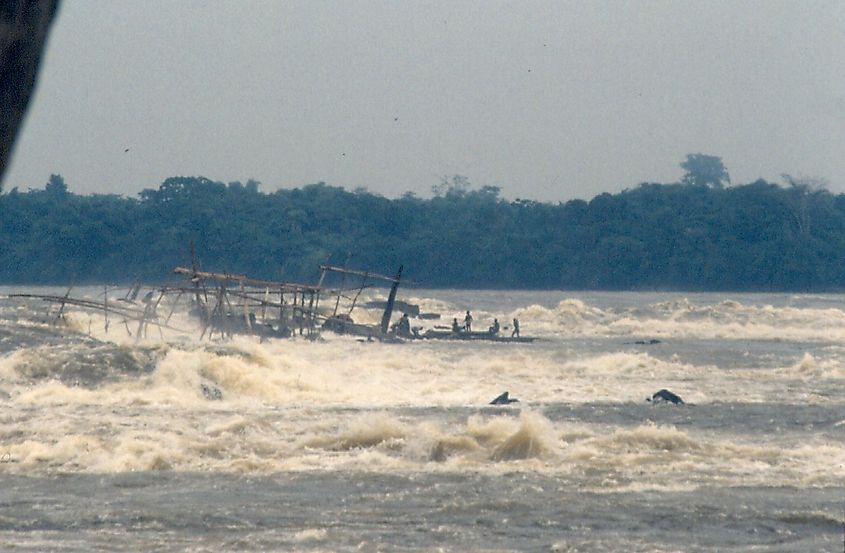
With such an expansive area and length, the Congo River is also home to a plethora of tributaries. Beginning from its source, the Luapula River and Chambeshi River provide a combined water flow of more than 31,780 cubic feet (900 m3). In addition to these, the Upper Congo (Lualaba to Boyoma Falls) has 10+ tributaries, with the largest being the Lukuga and Luvua, which are both right tributaries and have a basin size of over 100 mi2 (259 km2). Moving up to the Middle Congo (Boyoma Falls to Kinshasa), there are about 20 tributaries ranging from the 22-mile (35 km) Irebu River to the massive Kasai River with its 341,457 mi2 (884,370 km2) basin size.
The Lower Congo (Kinshasa to River Mouth) has only four minor tributaries, which are M'pozo, Kwilu, Inkisi, and Djoué. Thus, in total, the Congo River has a major network of tributaries that account for its immense basin size across Africa.With the immense number of inflowing tributaries combined with its depth, the Congo River is also known for its high water flow rate. Carrying more than 1.25 million cubic feet (381,000 m3), into the Atlantic Ocean each second, it has the second-highest flow in the world. This is more than the amount of water in 10+ Olympic-sized swimming pools, making it a behemoth when it comes to water flow.
History Of The Congo River
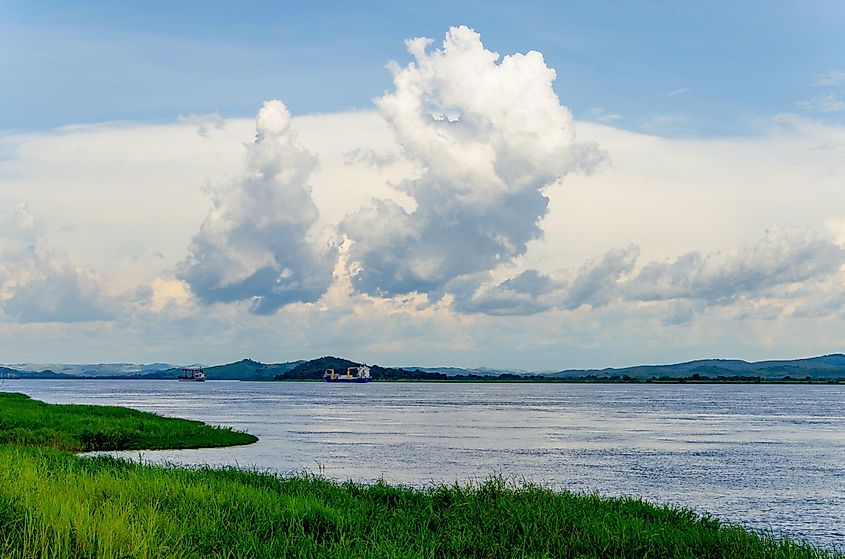
The Congo River took millions of years to attain its current form. According to scientists, it began to form around 2 million years ago during the Pleistocene period when many upper tributaries merged to form the major river system. As time passed, the river grew in size, amassing an increasing number of tributaries. Some geologists theorize that the Congo River was once connected to the Amazon when the continents were part of the major landmass called Gondwana prior to the continental drift. Although, this would be many hundreds of millions of years before the Pleistocene period, making it hard to confirm.
For the past 2,500-3,000 years, the Congo River has been a staple for many communities along the banks. The earliest confirmed reports date back to the Bantu peoples and local aboriginals who lived in the region around 500 BC for around 1000 years. Utilizing the Congo Basin and nearby areas as habitats, these groups thrived until the Kingdom of Kongo formed in the late 14th century. This kingdom developed along the left banks of Lower Congo and was a turning point for the river's exploration. This is because the coming years saw European exploration of the Congo begin, and explorers such as Diogo Cão made notable discoveries here. However, the true extent of the Congo River was only discovered many years later, in 1877, by the explorer Henry Morton Stanley's expedition.
This expedition was undertaken to confirm if the Lualaba River fed the Nile, Congo, and other rivers. It began at Zanzibar in late 1874 with more than 200 people who sailed in 23 canoes. Throughout the journey, the group encountered hardships. It took two years for the group to reach Boyoma Falls and discover that the Congo and the Nile were not linked. It took another few months to reach Boma, where the group was rescued. By this point, many had perished, and only 108 were left!
In more recent times, the Congo came to the news for a tragic incident. On February 15, 2021, a ship with 700 people sank in the river near Kinshasa, with 400 people dead or missing.
Ecology Of The Congo River
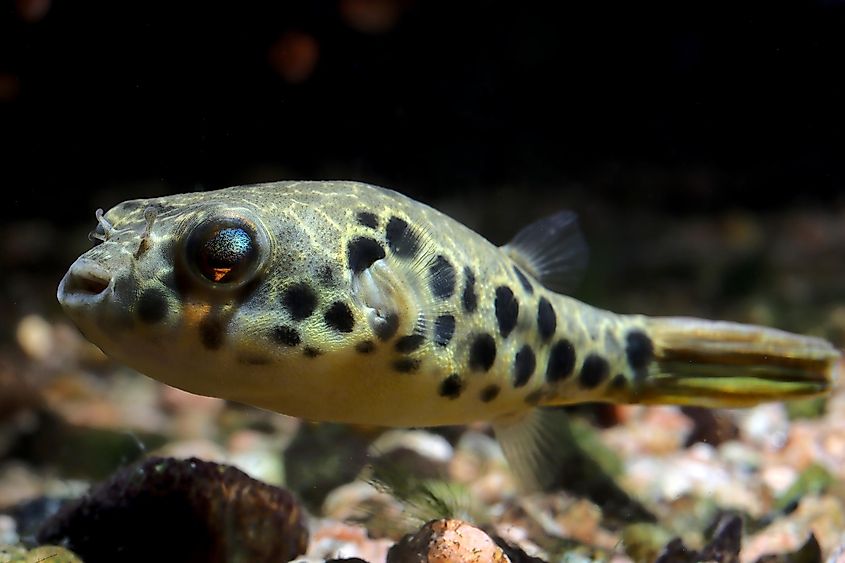
The Congo River is rich in biodiversity. The Congo River Basin is known to house at least 800 fish species, including many endemics, one of the world's highest, and possibly more, given that large parts of the river remain unexplored. Interestingly, the river is also the world's first place where biologists have found genetically distinct animal populations divided by river currents! For example, researchers found two populations of similar-looking but genetically distinct cichlids living on opposite river banks divided by exceptionally strong currents.
Some of the Congo River's dominant fish families are the Carp, Elephant Fishes, African Tetras, Squeaker Catfishes, and Chichlids. Apart from these, the river is also home to the carnivorous Giant Tigerfish, known for its aggressive behavior. You can also find some unique fish species, such as the Cavefish and Heterochromis multidens, which are rarely found elsewhere. The rich fish diversity makes the Congo River a fishing hotspot, sustaining the livelihoods of thousands of people. The river's depths are also home to some unique species, such as the Lamprologus lethops, which live below 520 feet (160m).
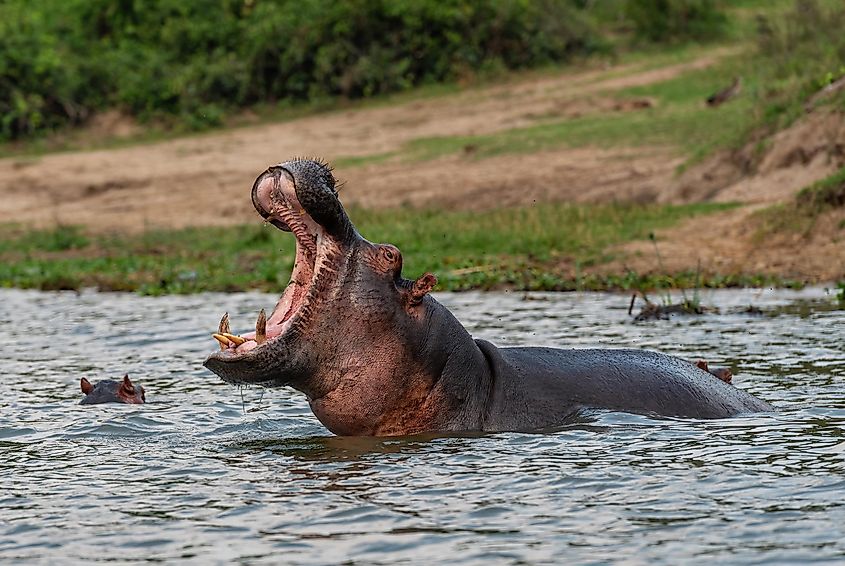
Apart from fish, the river also supports many endemic frogs, snails, turtles, dwarf crocodiles, and snakes. Aquatic mammals of the Congo include the manatee, otters, and hippos. The forests and wetlands of the river basin also support over 250 species of indigenous birds as well as several migratory species.
Economic Importance Of The Congo River
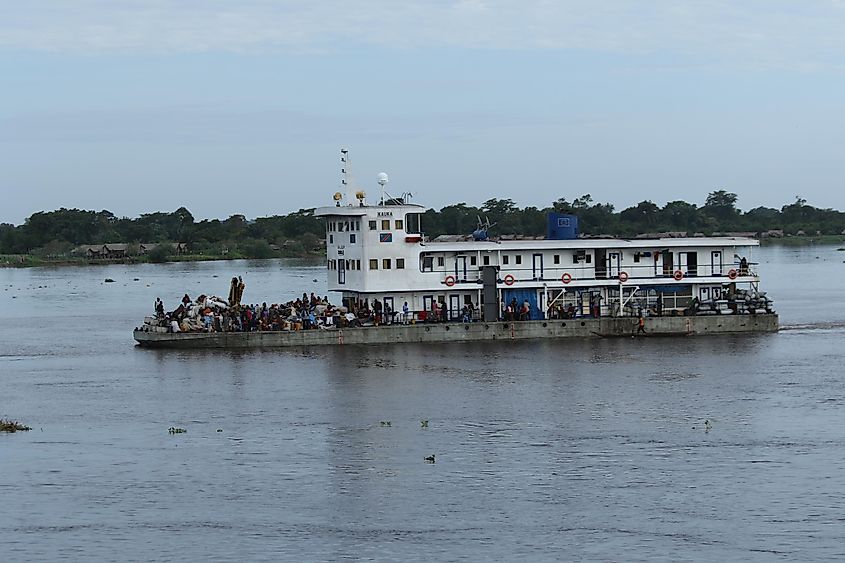
Covering a large portion of Africa, the Congo River also has immense economic significance for the region. While the many waterfalls along the course make the Congo difficult for long-distance navigation, many cities still use stretches of the river as a trade route. Commodities such as copper, sugar, cotton, and coffee are frequently traded via the Congo River. Apart from trade, the river is also a major energy source in Africa. With its tremendous water flow rate, it can produce an immense amount of power. According to scientists, the Congo Basin alone accounts for 13% of the world's hydropower potential, more than enough needed for most of Africa. So, to extract this potential, there are currently 40 hydropower plants in the basin that power many local cities. Moreover, plans are in place to develop and grow more hydropower plants to further utilize the Congo's energy potential.
Thus, the Congo River is a lifeline for many African countries. It nourishes land through which it flows, keeps ecosystems like the massive Congo rainforest alive, provides hydroelectricity, allows trade, helps meet agricultural and industrial water requirements, and also attracts tourism. While this river's length and breadth have been well-explored, much needs to be known about its great depths and the life that exists there.










